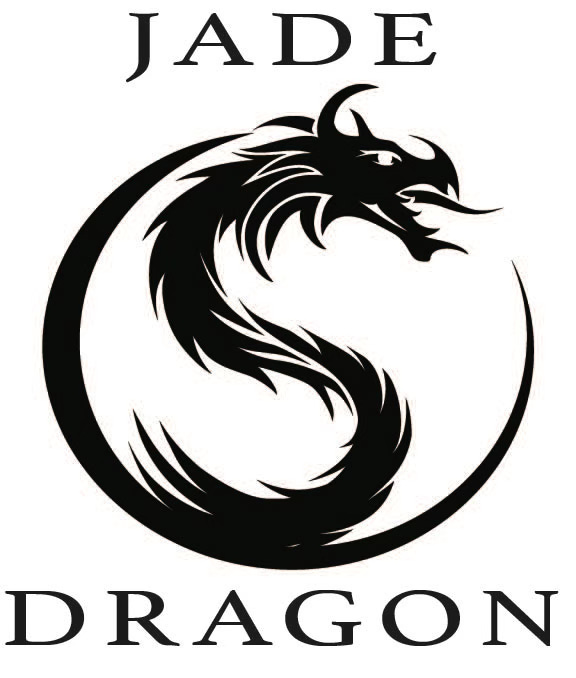Peer Reviewed Research: "External Qigong for Pain Conditions: A Systematic Review of Randomized Clinical Trials".
Qigong, a traditional Chinese healing practice, has been used for centuries to promote health and treat various conditions, including pain disorders. Among its forms, external Qigong is a practice where trained practitioners direct "Qi" toward patients to alleviate symptoms. The systematic review by Lee, Pittler, and Ernst (2007) evaluates the efficacy of external Qigong for pain relief by analyzing randomized clinical trials (RCTs) available up to January 2007. Their analysis offers a critical perspective on the effectiveness of this practice, identifying both potential benefits and limitations in the existing body of research.
Methods
The authors conducted a systematic review of multiple electronic databases, including MEDLINE, AMED, British Nursing Index, CINAHL, EMBASE, PsycInfo, PubMed, The Cochrane Library, and several Korean and Chinese medical databases. The inclusion criteria were RCTs that assessed external Qigong for any type of pain condition, with comparisons against general care, sham Qigong, or waiting list controls. Trials using internal Qigong (self-practice) were excluded to maintain focus on practitioner-directed healing.
Data extraction was independently performed by at least two reviewers, ensuring methodological rigor. The quality of the included studies was assessed using the modified Jadad scale, which evaluates randomization, blinding, and participant dropout rates. The Oxford Pain Validity Scale (OPVS) was also used to further assess study validity.
Results
Out of 141 initially identified studies, only five RCTs met the inclusion criteria. These trials varied in sample size, treatment protocols, and control conditions, yet all reported significant reductions in pain for the external Qigong groups compared to their respective control groups. The primary outcome measure was pain intensity, evaluated using the Visual Analog Scale (VAS) or Likert scales.
Lee (2001) studied 40 elderly patients with chronic pain, finding significant reductions in pain scores after two weeks of treatment (P<0.01).
Lee (2003) included 94 patients and compared external Qigong against a sham intervention. While both groups improved, the external Qigong group demonstrated significantly greater reductions in pain points (P<0.001).
Jang (2004a) focused on premenstrual syndrome (PMS) in 36 participants, showing significant pain reduction in the external Qigong group (P<0.001).
Jang (2004b) replicated the PMS study with a slightly different protocol and found a significant decrease in pain intensity (P<0.01).
Yang (2005) included 43 patients with chronic pain and observed substantial pain relief following external Qigong therapy.
A meta-analysis of two studies (Lee, 2001; Yang, 2005) showed a significant effect of external Qigong compared to general care (weighted mean difference = 36.3 mm on a 100 mm VAS, P<0.001). However, heterogeneity analysis indicated moderate variability across studies (I² = 44%).
Discussion
The findings suggest that external Qigong may be an effective complementary therapy for pain relief. However, several limitations must be considered:
Small Sample Sizes – The trials included a relatively small number of participants (ranging from 36 to 94), which limits the generalizability of findings.
Lack of Blinding – While patient blinding was feasible in some studies using sham Qigong, practitioner blinding was impossible due to the nature of the intervention. This introduces the potential for bias.
Variability in Control Groups – The studies used different types of controls (general care, sham Qigong, and waiting lists), making direct comparisons difficult.
Short-Term Follow-Up – The studies primarily assessed short-term outcomes, leaving the long-term efficacy of external Qigong unclear.
Mechanisms of Action
The review does not delve deeply into the physiological mechanisms of external Qigong, but the authors suggest that its effects could be mediated by:
Pain Modulation Pathways – Similar to acupuncture, external Qigong may influence endogenous opioid release and other neurochemical changes that modulate pain perception.
Placebo and Expectation Effects – The belief in the efficacy of external Qigong may contribute to subjective pain relief, particularly when compared to general care controls.
Biofield Hypothesis – Some proponents suggest that external Qigong affects the body's biofield or electromagnetic energy, though this remains scientifically unverified.
Implications for Clinical Practice
Despite the methodological limitations, the review suggests that external Qigong holds promise as a complementary approach to pain management, particularly for patients seeking non-pharmacological interventions. However, clinicians should remain cautious, as the evidence is still preliminary. Larger, more rigorously designed trials are needed to confirm these findings.
Conclusion
Lee, Pittler, and Ernst’s (2007) systematic review provides encouraging but inconclusive evidence for the effectiveness of external Qigong in pain management. While all included studies reported significant pain reduction, issues such as small sample sizes, lack of blinding, and study heterogeneity prevent definitive conclusions. Future research should focus on well-powered, placebo-controlled trials with standardized protocols to establish the true efficacy of external Qigong.
Reference
Lee, M. S., Pittler, M. H., & Ernst, E. (2007). External Qigong for pain conditions: A systematic review of randomized clinical trials. The Journal of Pain, 8(11), 827-831
.
Discover your inner vitality with Red Dragon Qigong, a transformative course designed to harmonize body, vital energy, and mind. Rooted in the ancient wisdom of Traditional Chinese Medicine and Daoist philosophy, and enhanced with modern scientific insights, this course guides you through powerful Qigong practices that boost energy, reduce stress, and improve overall health. Whether you're a beginner or experienced practitioner, you'll learn techniques that cultivate balance and resilience, empowering you to thrive in daily life.
Join thousands of students on this journey of self-discovery and transformation. Enroll now and experience the power of Red Dragon Qigong!
👉 Visit CLICK HERE to get 50% off and start your practice today!



